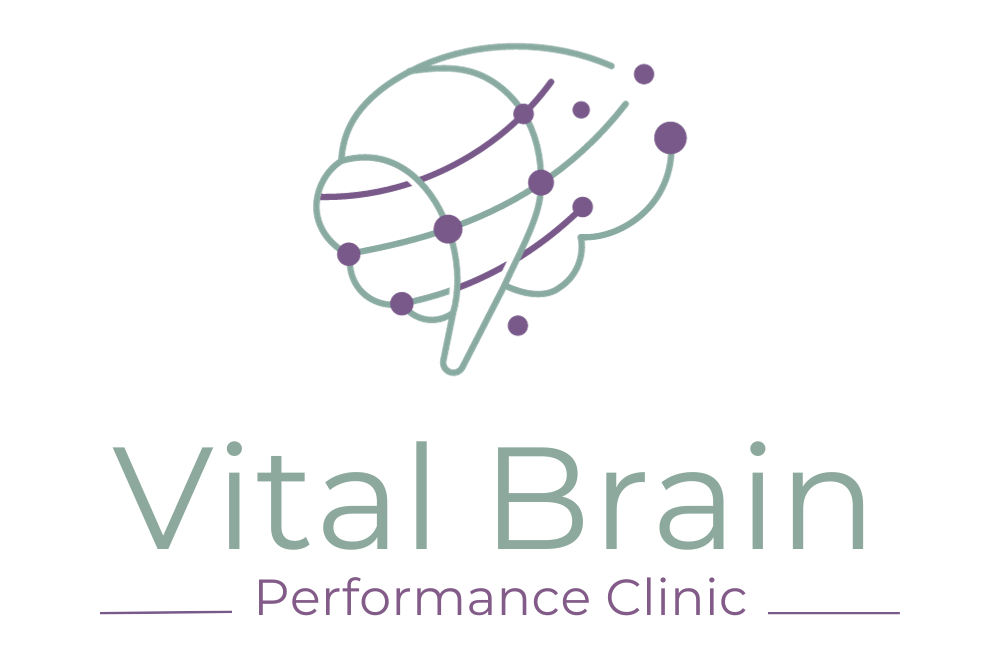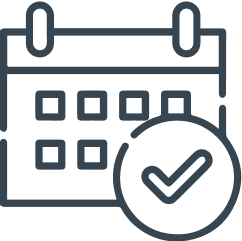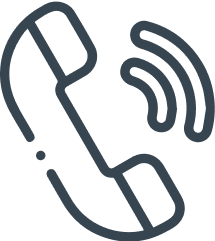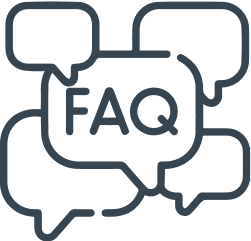ADHD can be a challenging condition for both children and their families. While medication often plays a role in managing symptoms, many parents seek natural ways to calm ADHD in kids. Neurofeedback is emerging as a promising option for helping kids with ADHD improve focus, reduce impulsivity, and enhance overall well-being.
How Neurofeedback Helps Regulate Brain Activity in Children with ADHD
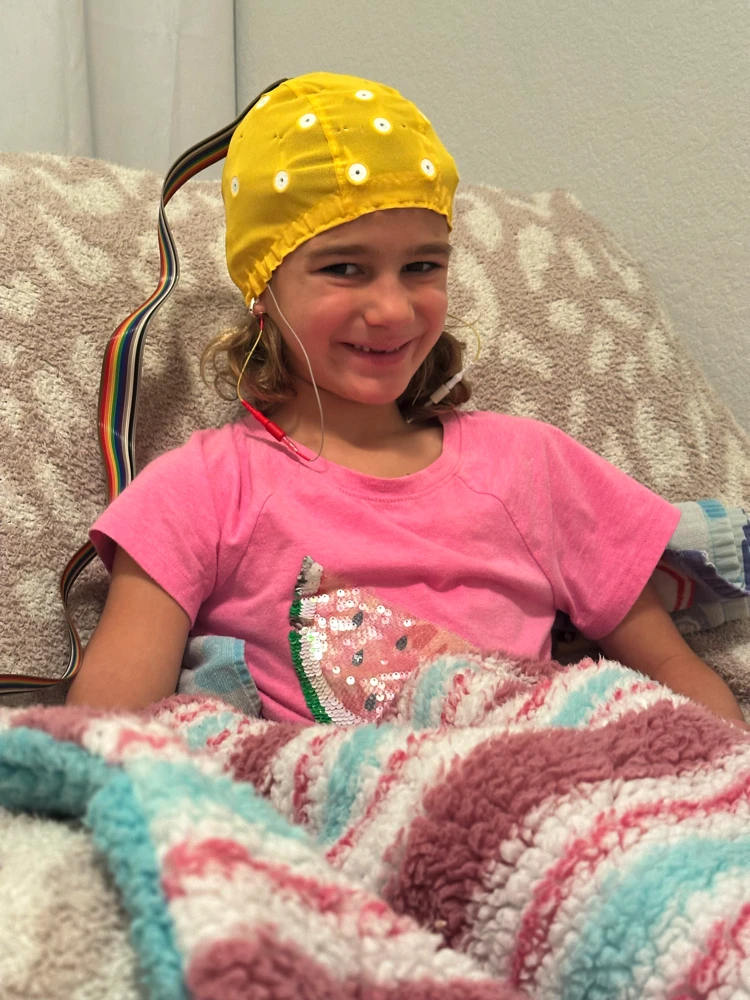
Neurofeedback is a non-invasive technique that trains the brain to self-regulate. Unlike traditional talk therapy or medication, neurofeedback directly addresses the underlying brain patterns associated with ADHD symptoms. By monitoring brainwave activity in real-time, neurofeedback provides information to the brain, allowing it to learn how to produce healthier brainwave patterns.
Children with ADHD often exhibit imbalances in brainwave patterns, contributing to symptoms like inattention, hyperactivity, and impulsivity. These challenges can significantly impact a child’s daily life and overall well-being. Neurofeedback offers a potential solution by teaching the brain to self-regulate, providing natural ways to calm ADHD in kids. Through neurofeedback training, the brain learns to optimize its function, leading to improved focus, reduced impulsivity, and enhanced emotional regulation. It’s akin to teaching the brain to operate at its best.
Combining Neurofeedback with Other Natural Ways to Calm ADHD in Kids
While neurofeedback is a powerful tool, it’s often most effective when combined with other complementary approaches. A holistic approach to managing ADHD can yield optimal results. Consider incorporating the following strategies:
- Diet and Nutrition: A balanced diet rich in essential nutrients supports brain health. Limiting processed foods, sugary drinks, and artificial additives can also be beneficial.
- Exercise: Regular physical activity helps burn off excess energy, improves mood, and promotes better sleep.
- Sleep Hygiene: Establishing consistent sleep routines and creating a conducive sleep environment is crucial for brain function and behavior regulation.
- Mindfulness and Meditation: These practices can teach children valuable self-regulation skills and help them manage stress and anxiety.
By combining neurofeedback with these natural ways to calm ADHD in kids, parents can create a supportive environment that empowers children to thrive. This holistic approach addresses both the brain’s function and overall well-being, offering a comprehensive solution for managing ADHD symptoms. It’s essential to remember that neurofeedback is a process that requires consistent sessions for optimal results.
It’s important to work with a qualified neurofeedback practitioner who has experience working with children. They can assess your child’s specific needs and develop a personalized treatment plan.
Are you considering neurofeedback for your child with ADHD? Vital Brain Performance Clinic offers comprehensive neurofeedback programs tailored to the unique needs of each child. Contact us today to learn more about how we can help your family.
